How to Pick Perfect Tomatoes
Think tomatoes are all about whatever is diced into your salad at the deli? Not quite. There's a lot more to the seedy fruit (yes, it's a fruit. Your friend in middle school wasn't lying when he dropped that bit of knowledge on you), and between knowing how different ones taste and how tomatoes can benefit your health, there's a lot you can learn about the key ingredient in so many dishes, sauces, condiments, and just about anything else you can think of.
Color
No matter the shape, texture, or size, most tomatoes are available in colors other than red. "Impress your dinner guests by introducing yellow and orange tomatoes to your salads and dishes. They taste great and offer a break to the usual color scheme. They also add color in salads for folks who cannot easily digest other colorful vegetables like peppers," says "Produce Pat" Ahern, the go-to produce expert at Baldor Specialty Foods, one of the Northeast’s largest produce and specialty foods distributors.
Variety
You want variety? "There are over 7,000 varieties, and yet oddly enough, most of us stick to the basic beefsteak and cherry tomatoes," says Ahern.
Here's a sample list of them for you to explore (or for simply impressing your friends should the Tomato Varieties category appear on Jeopardy!). From the small currant tomatoes (about the size of a blueberry) to Pear tomatoes, Sweet 100, Super Sweet, Sungold Cherry tomato (my favorite), regular Cherry tomato, and mixed Cherry heirloom tomatoes (red/yellow/ orange/black/brown tomatoes), to Grape tomatoes, Baby Plums (romas), full size plums, and Ugli ripe (aptly named), to a plethora of heirloom varieties almost too countless to name (brandy wine, Cherokee purple, mortgage lifter, German striped, and green zebra — just to name a few of the most popular heirloom tomatoes, says Ahern — all the way to the biggest of beefsteak tomatoes that are served in steak houses like Peter Lugar's and Smith and Wollensky (the size of a grapefruit), tomatoes have gone from being, blah to downright spectacular.
Season
The best time for tomatoes are when they are local. On the East Coast, for example, they're best from July to September with some variation because the fruit is allowed to fully ripen on the vine and be consumed shortly after being picked, says Ahern. The North Fork of Long Island can often produce fruit a little later due to the micro climate caused by the warm Long Island Sound," he adds.
Ripeness
"The tastiest tomatoes are full color, smooth, no wrinkles, and most importantly no black spots, not even a little one. Spots could mean the tomato was harvested after rain, and that’s a big no-no!" says Ahern. They should also be mostly firm, with a strong tomato smell.
Health Benefits
Health benefits include vitamins A and C and folic acid, and don’t forget Lycopene (thought to be a cancer-fighting phytochemical). Some say that the health benefits are amplified when tomatoes are cooked. "And those needing a low acid intake due to stomach discomfort can try yellow tomatoes, which have much less acid content than the red," says Ahern.
Best Foods to Pair Tomatoes With
Any good tomato can be eaten with any good cheese. "Personally, I love a good aged cheddar with a wonderfully ripe medium-size room-temperature red tomato. I like heirloom tomatoes with my mozzarella and basil caprese, and small plum tomatoes baked in the oven with parmesan cheese," Ahern says.

















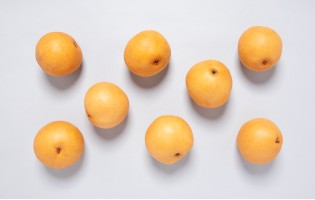
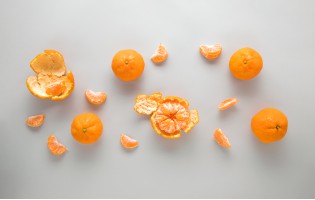
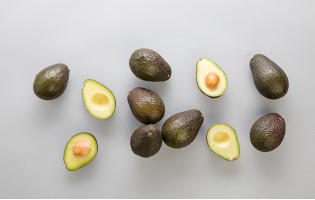
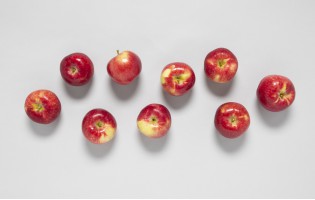





































































































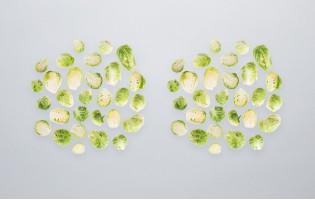












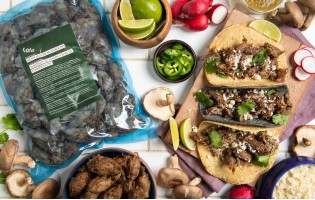




















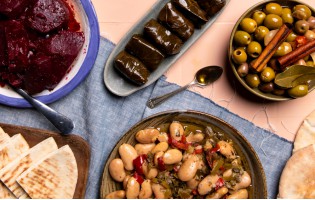





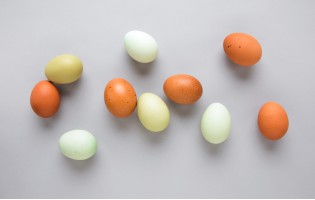
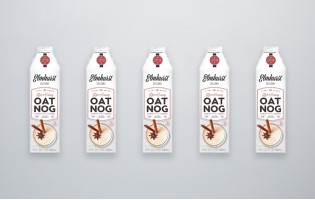



















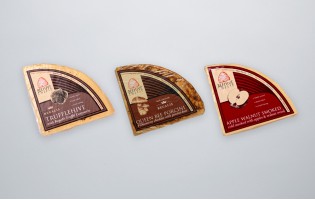
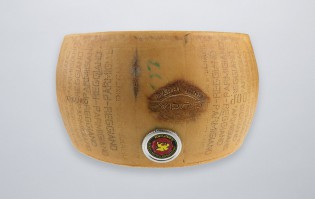
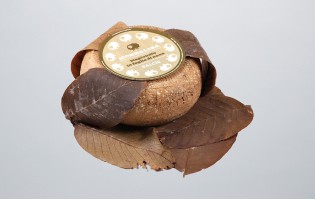
































 Fruits
Fruits  Organics
Organics  Vegetables
Vegetables  Fresh Cuts
Fresh Cuts  Meat & Poultry
Meat & Poultry  Grocery
Grocery  Dairy
Dairy  Cheese
Cheese  Bakery
Bakery  Seafood
Seafood 